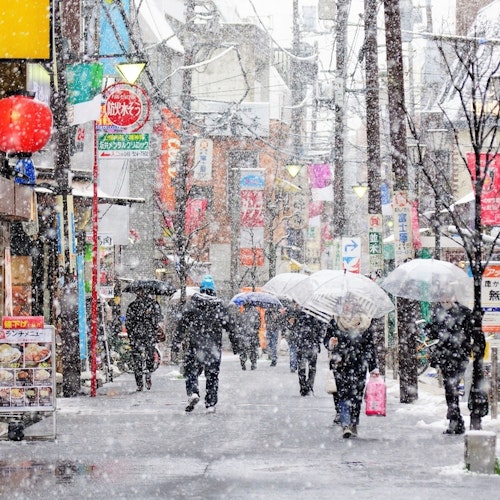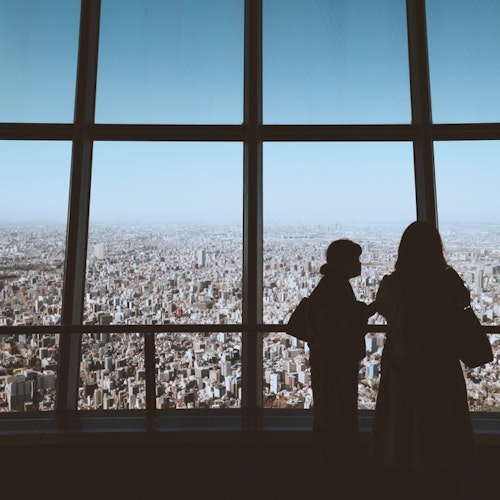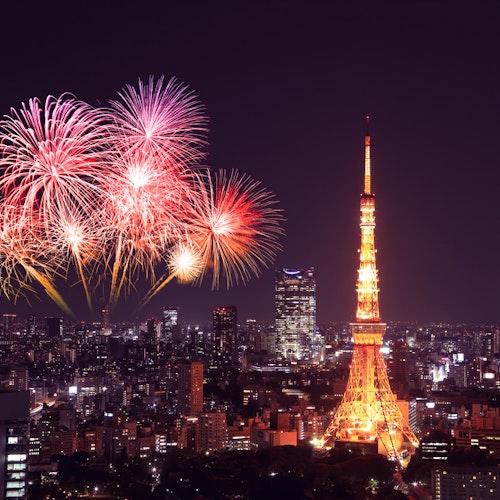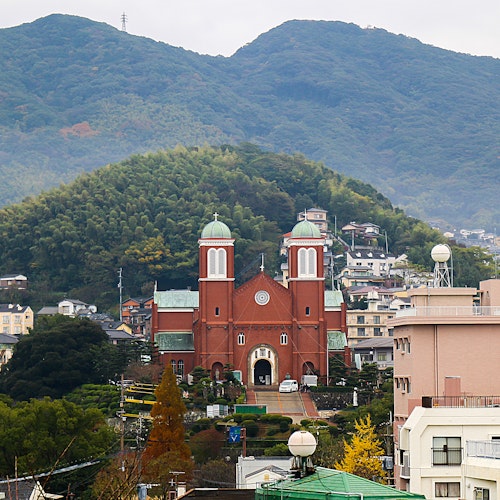
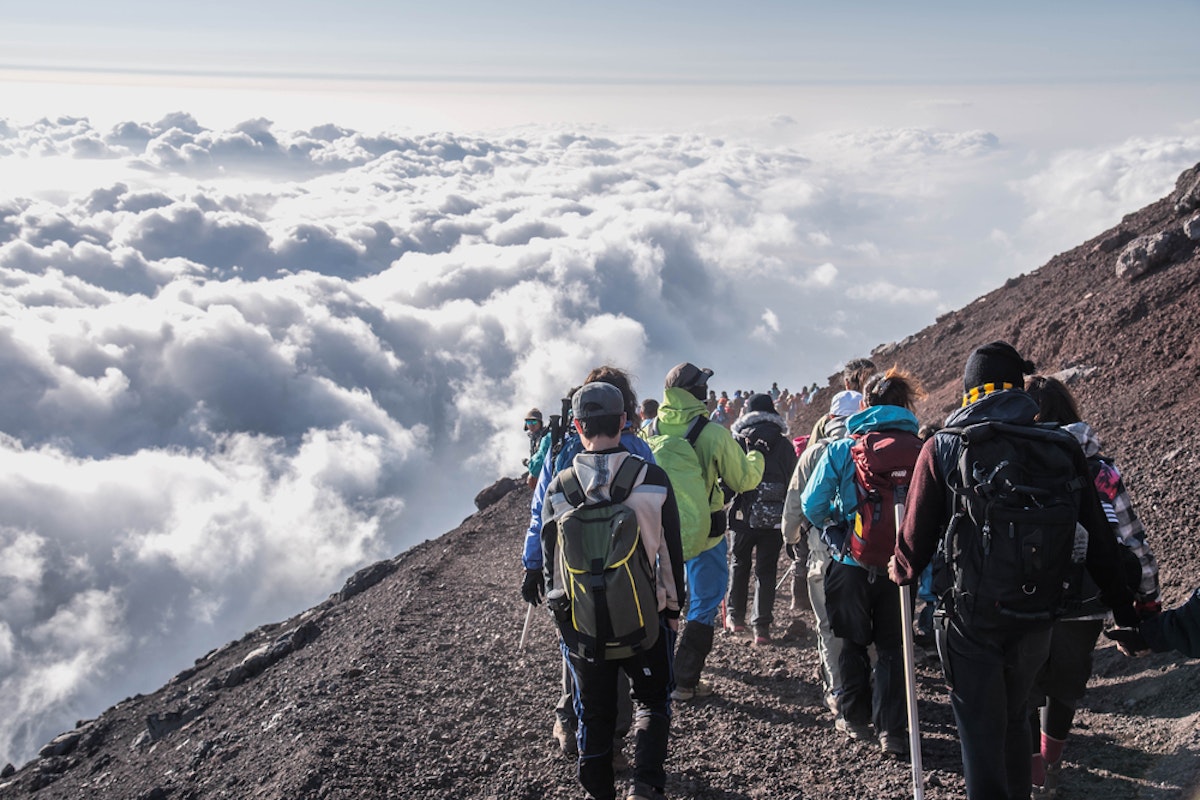
Mount Fuji is not just an iconic symbol of Japan but a destination that attracts hikers and nature enthusiasts worldwide. The towering peak, surrounded by breathtaking landscapes, offers several trails catering to different skill levels and interests. Whether you're looking for a challenging climb to the summit or a leisurely walk around its scenic base, the Mount Fuji area has something for everyone.
Let’s take a look at some of the best hiking trails that highlight the natural beauty of Japan’s highest mountain.
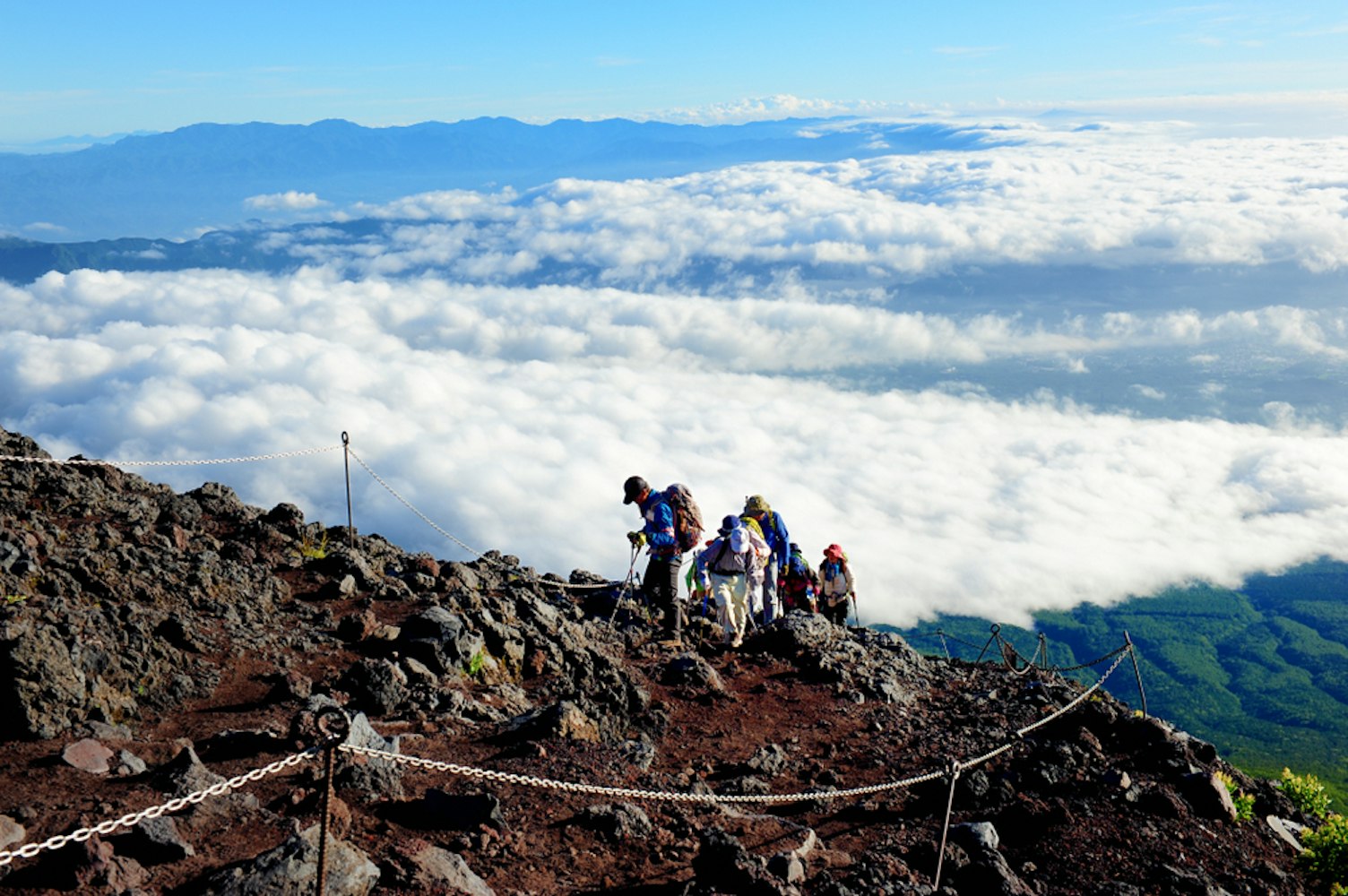
The Yoshida Trail is the most widely used route for reaching Mount Fuji’s summit. Starting at the Subaru Line 5th Station, it provides relatively straightforward access, making it a favorite among first-time climbers and those looking for convenience.
The trail begins with a gentle incline surrounded by forested paths. As hikers ascend, the greenery gives way to rocky terrain, offering increasingly expansive views of the valleys below. Along the way, there are several mountain huts where climbers can rest, enjoy a warm meal, or even spend the night. These huts are particularly useful for those planning a two-day climb.
The ascent typically takes 5–7 hours, depending on your pace, while the descent takes 3–4 hours. Many hikers time their climb to reach the summit for sunrise, a phenomenon called Goraiko, which means “arrival of light.” Watching the first rays of sunlight spread over the horizon is a truly magical experience.
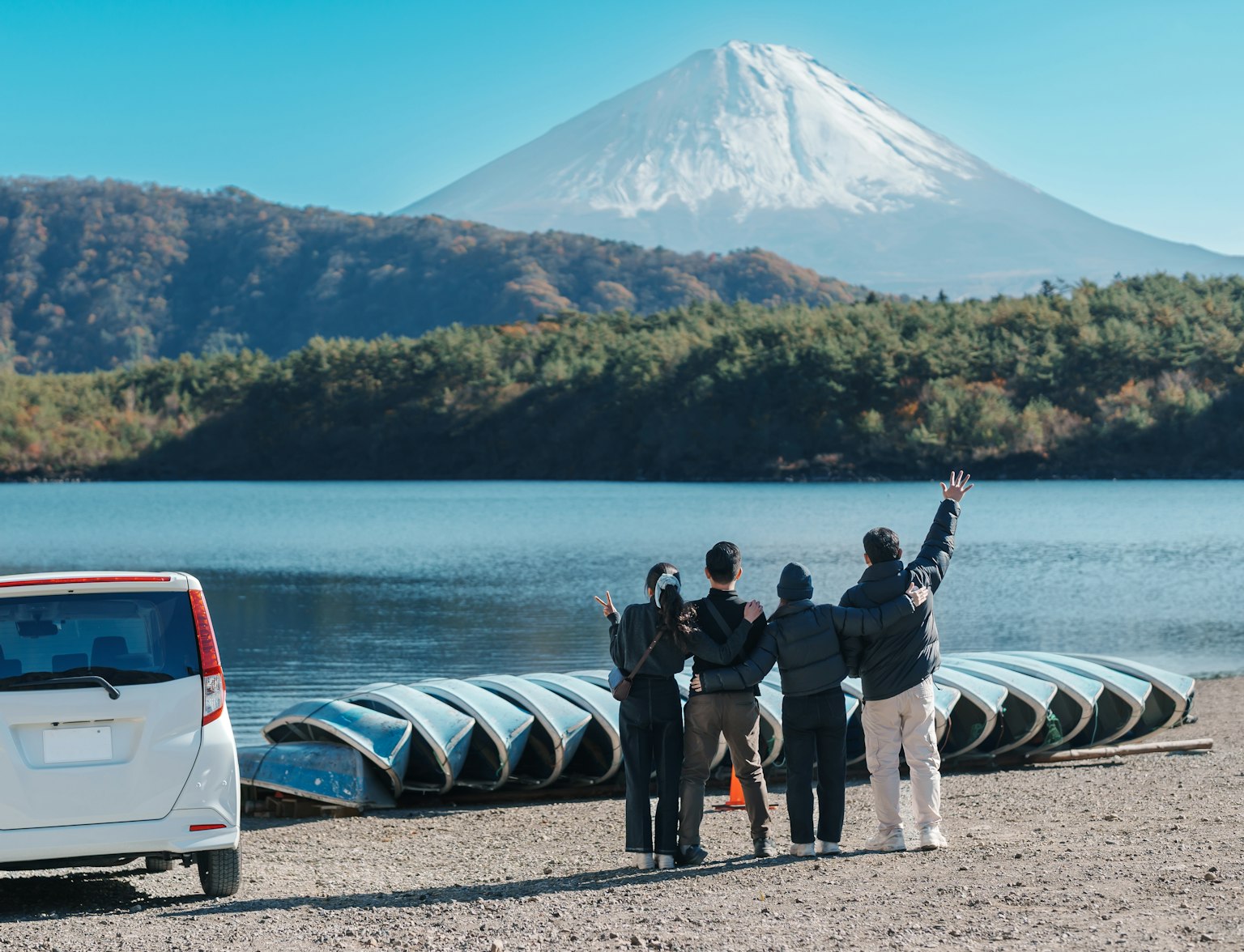
Enjoy a full-day private tour of Mount Fuji in a premium car.
The Subashiri Trail begins at the Subashiri 5th Station, situated on the southeastern side of Mount Fuji. Known for its peaceful surroundings, this trail is less crowded than the Yoshida Trail, especially in its lower sections.
The path meanders through dense forests filled with tall trees and vibrant plant life, creating a serene atmosphere. As you climb higher, the forest thins out, revealing panoramic views of the surrounding landscapes. The trail eventually merges with the Yoshida Trail near the 8th Station, where the ascent becomes steeper.
What sets the Subashiri Trail apart is the descent. The loose volcanic ash along the trail allows for a unique “sand run,” where hikers can move quickly and smoothly down the mountain. This is not only fun but also easier on the knees compared to descending on rocky terrain.
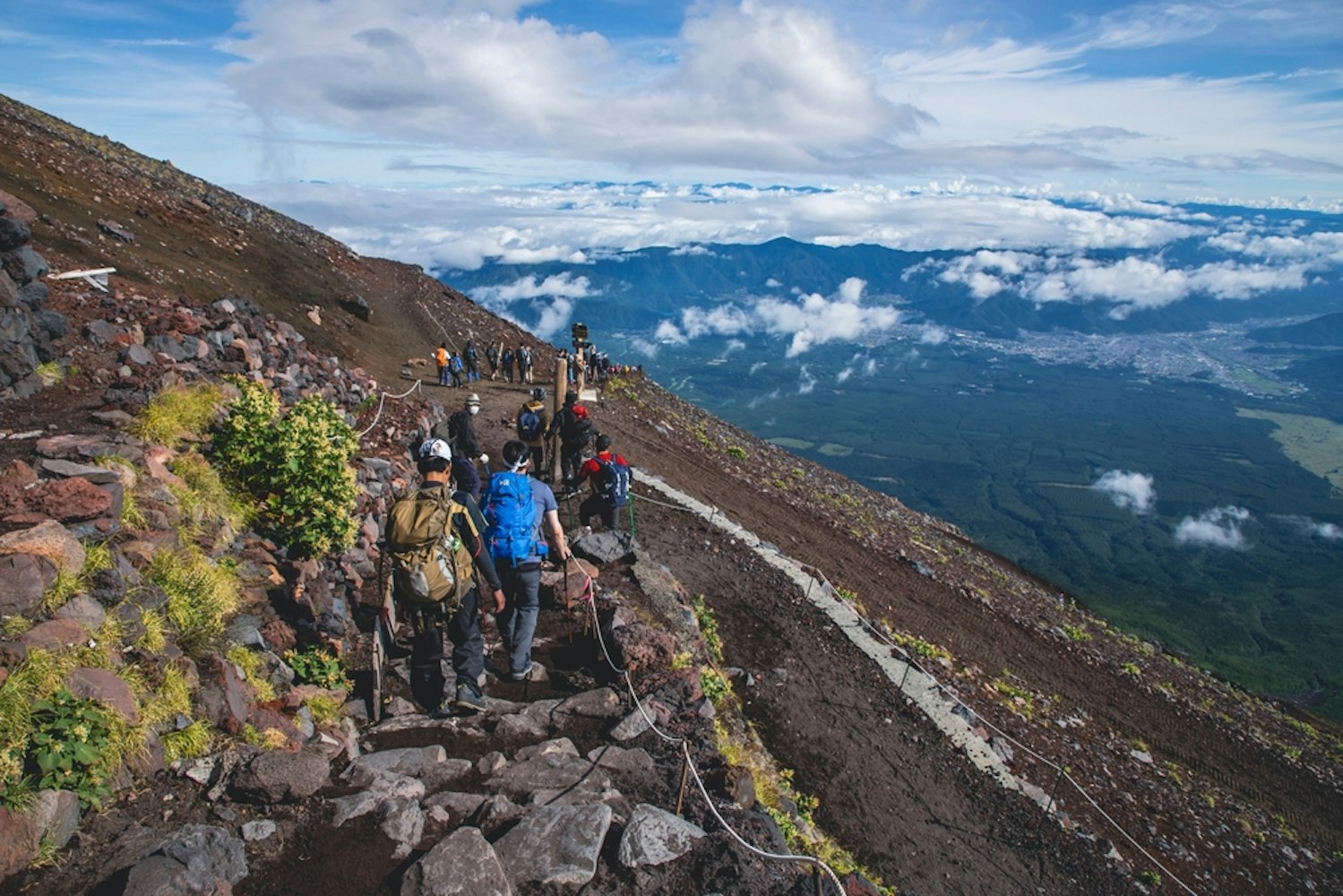
For those looking to reach the summit in the least amount of time, the Fujinomiya Trail is the shortest option. Starting at the Fujinomiya 5th Station, it features a steeper incline compared to other trails.
While the climb is challenging, the stunning views make it worthwhile. On clear days, you can see the Pacific Ocean stretching out to the horizon. The trail has several stations where hikers can rest and refuel, and its directness appeals to those who want a faster, more intense experience.
This trail is often preferred by experienced hikers who enjoy a bit of a challenge. The descent is separate from the ascent, which helps with crowd control and makes the journey smoother.
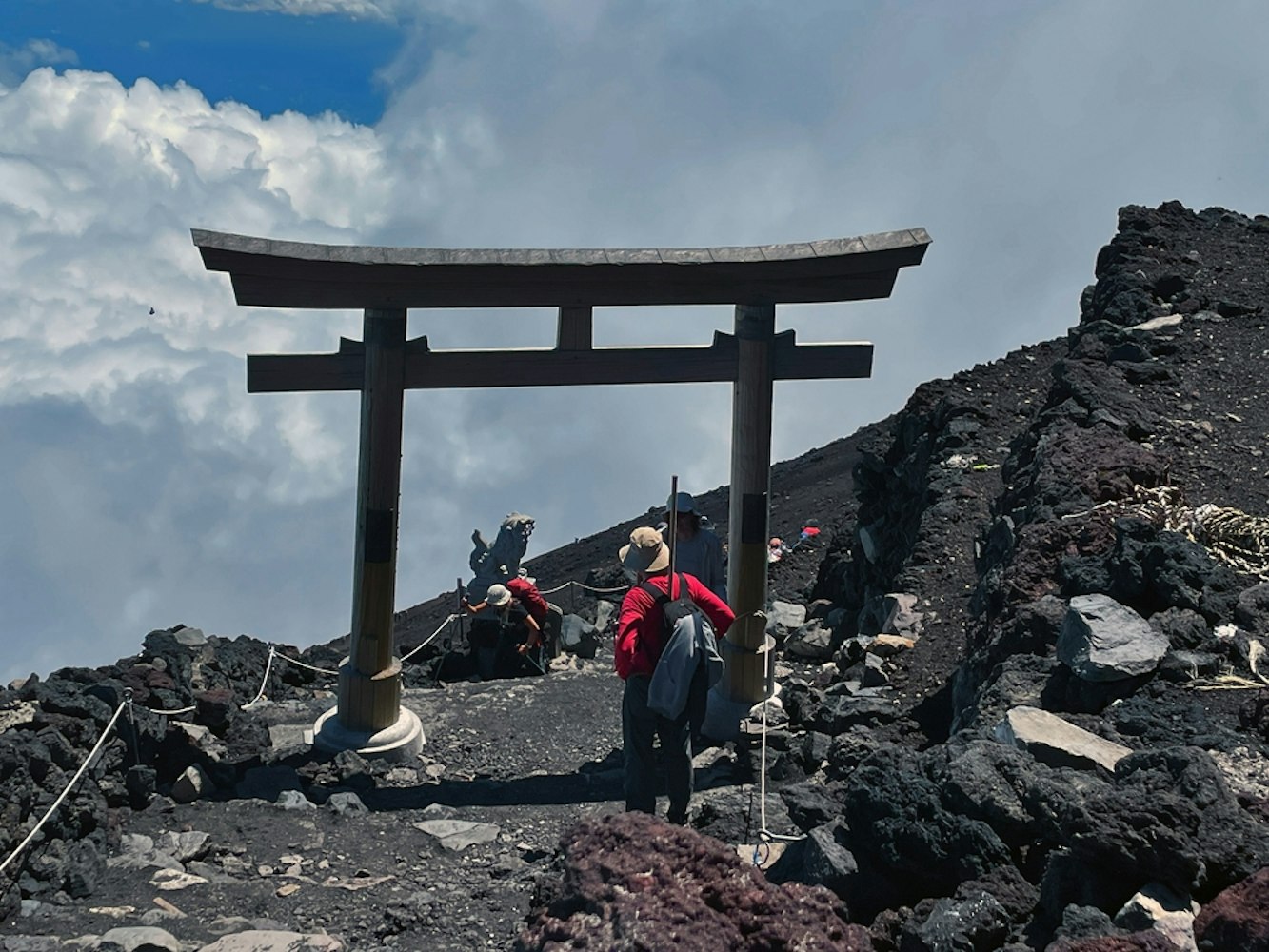
The Gotemba Trail, starting at the Gotemba 5th Station, is the longest and most challenging of the four main routes. Covering more ground than the other trails, it requires significant stamina and preparation.
The path begins with an expansive field of volcanic ash, which continues for much of the ascent. This otherworldly landscape offers a unique and almost surreal hiking experience. The lack of crowds and facilities makes it a quieter, more remote option for those seeking solitude.
The ascent can take 7–10 hours, making this trail ideal for seasoned hikers. The descent, however, is surprisingly quick and enjoyable. Like the Subashiri Trail, the Gotemba Trail features sections of loose volcanic ash, allowing for a rapid and playful descent.
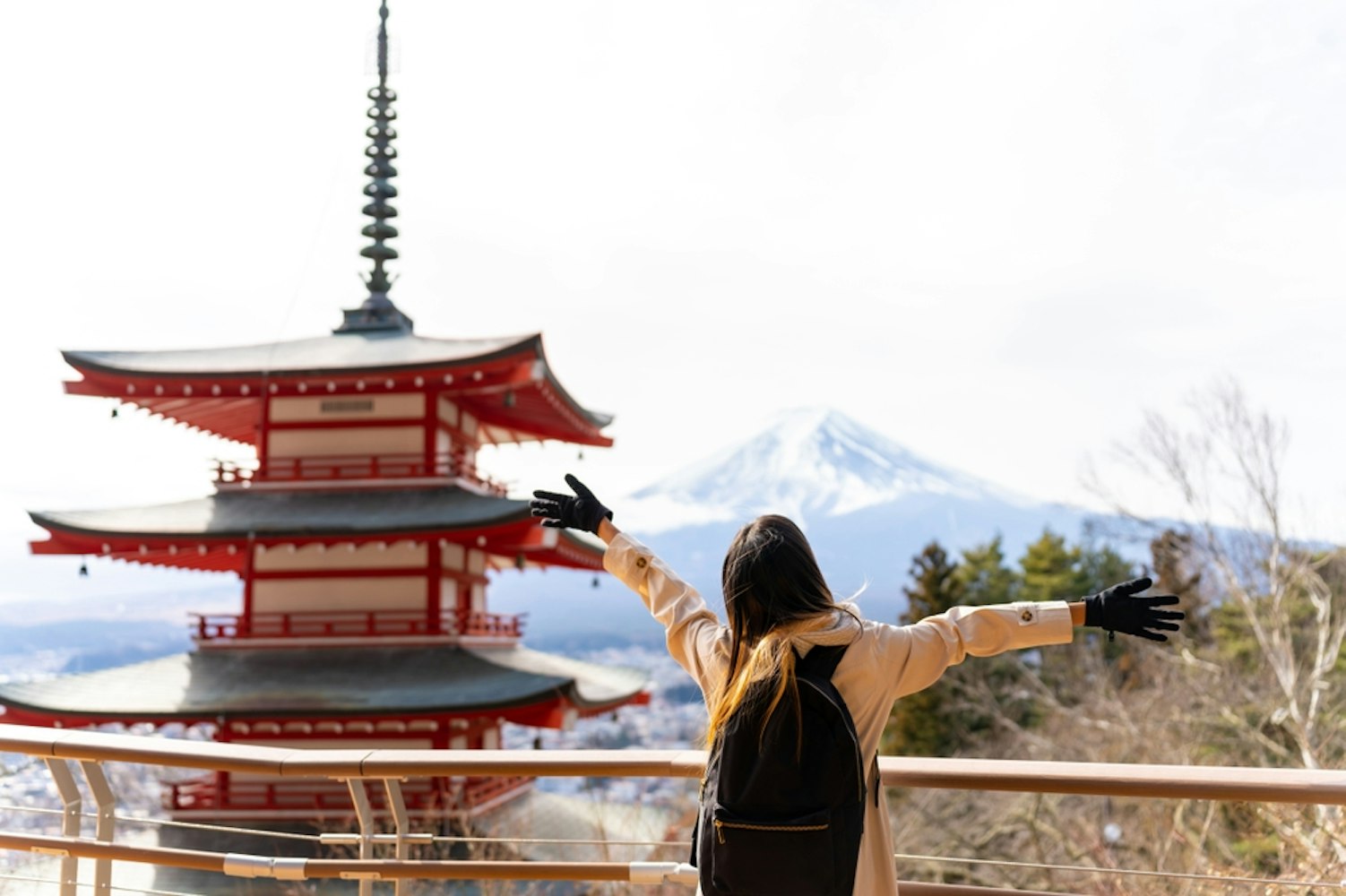
For a shorter hike with incredible views, head to Arakurayama Sengen Park. This spot is famous for the Chureito Pagoda, a five-story structure that perfectly frames Mount Fuji in the background.
The hike to the pagoda involves climbing several flights of stairs, but the effort is worth it. Photographers especially love this location during cherry blossom season or when the autumn leaves are at their peak. From the top, you’ll get sweeping views of Mount Fuji, the surrounding countryside, and the town below.
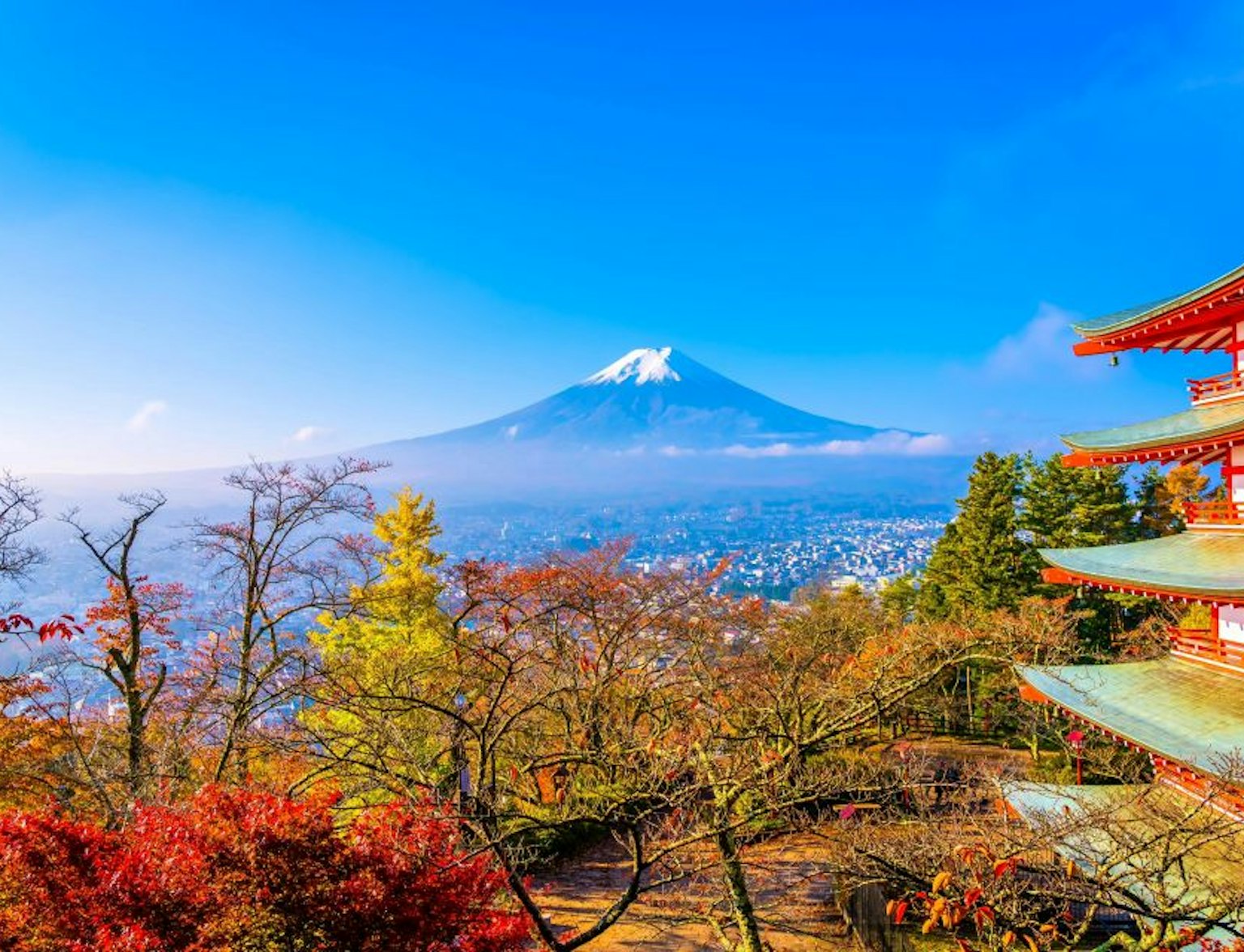
Explore the stunning landscapes and cultural highlights of Mt. Fuji and its surrounding areas.
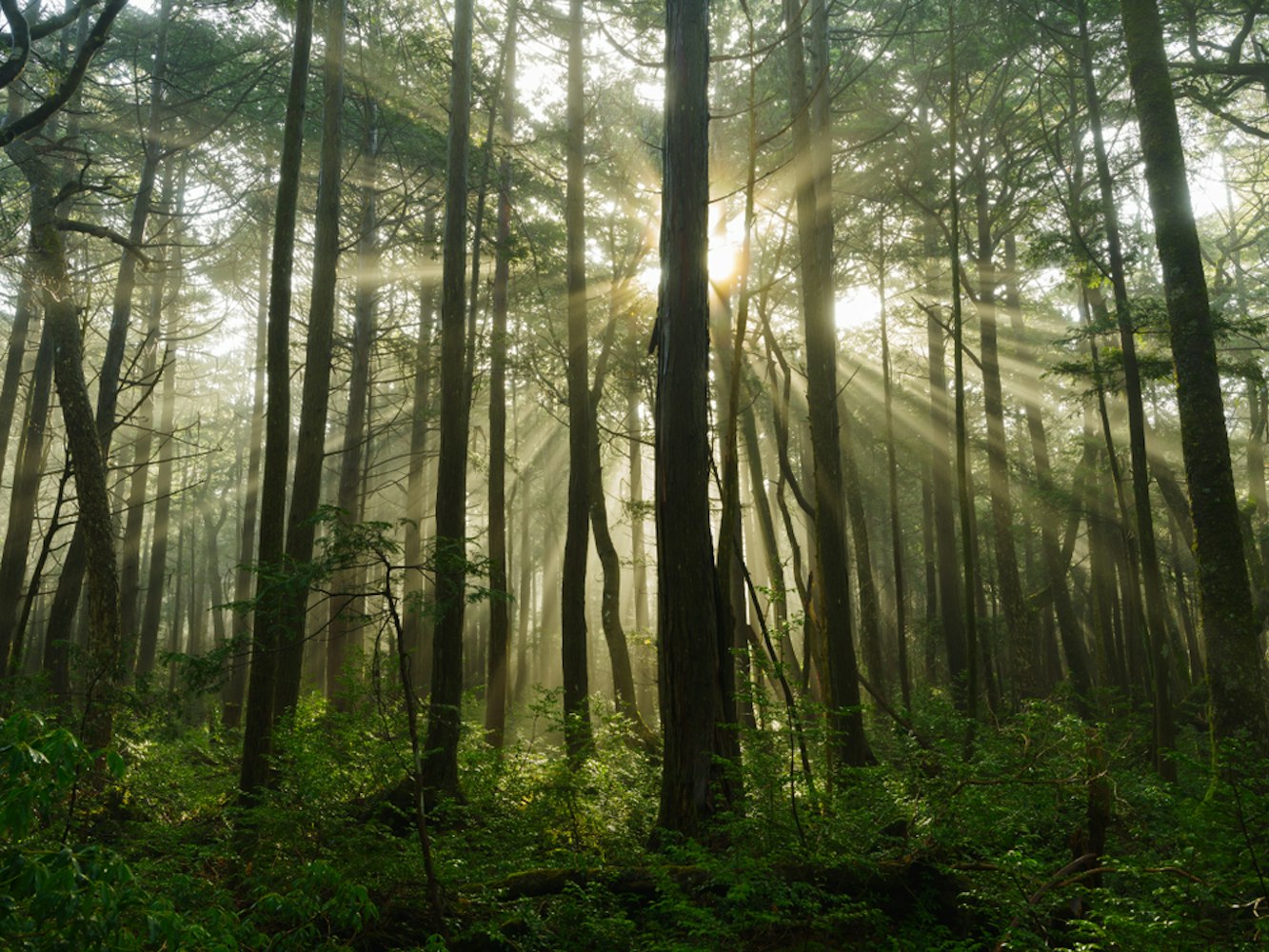
Known as the “Sea of Trees,” Aokigahara Forest lies on the northwestern side of Mount Fuji. This dense forest, growing over ancient lava flows, is famous for its unique geology and eerie atmosphere.
The forest features several hiking trails that lead to fascinating spots like lava caves and ice caverns. The terrain is rugged but manageable, and the thick canopy creates a cool, shaded environment perfect for summer hikes.
While Aokigahara is often associated with mystery, it’s also a place of tranquility. Guided hikes are recommended for visitors unfamiliar with the area, as the dense vegetation can make it easy to lose your way.
If climbing Mount Fuji sounds too intense, the Fuji Five Lakes region offers an excellent alternative. Located at the northern base of the mountain, this area is home to five stunning lakes: Kawaguchi, Yamanaka, Saiko, Shoji, and Motosu.
The region is filled with scenic hiking trails that provide incredible views of Mount Fuji without requiring a summit climb. One of the most popular walks is the Lake Kawaguchi Circular Trail, which takes you around the lake’s perimeter. On clear days, the reflection of Mount Fuji in the calm waters creates a postcard-perfect scene.
Seasonal beauty is a highlight of this area. In spring, cherry blossoms frame the mountain; in summer, the lush greenery creates vibrant contrasts; autumn brings fiery foliage; and in winter, the snow-covered peak is breathtaking against the crisp blue sky.
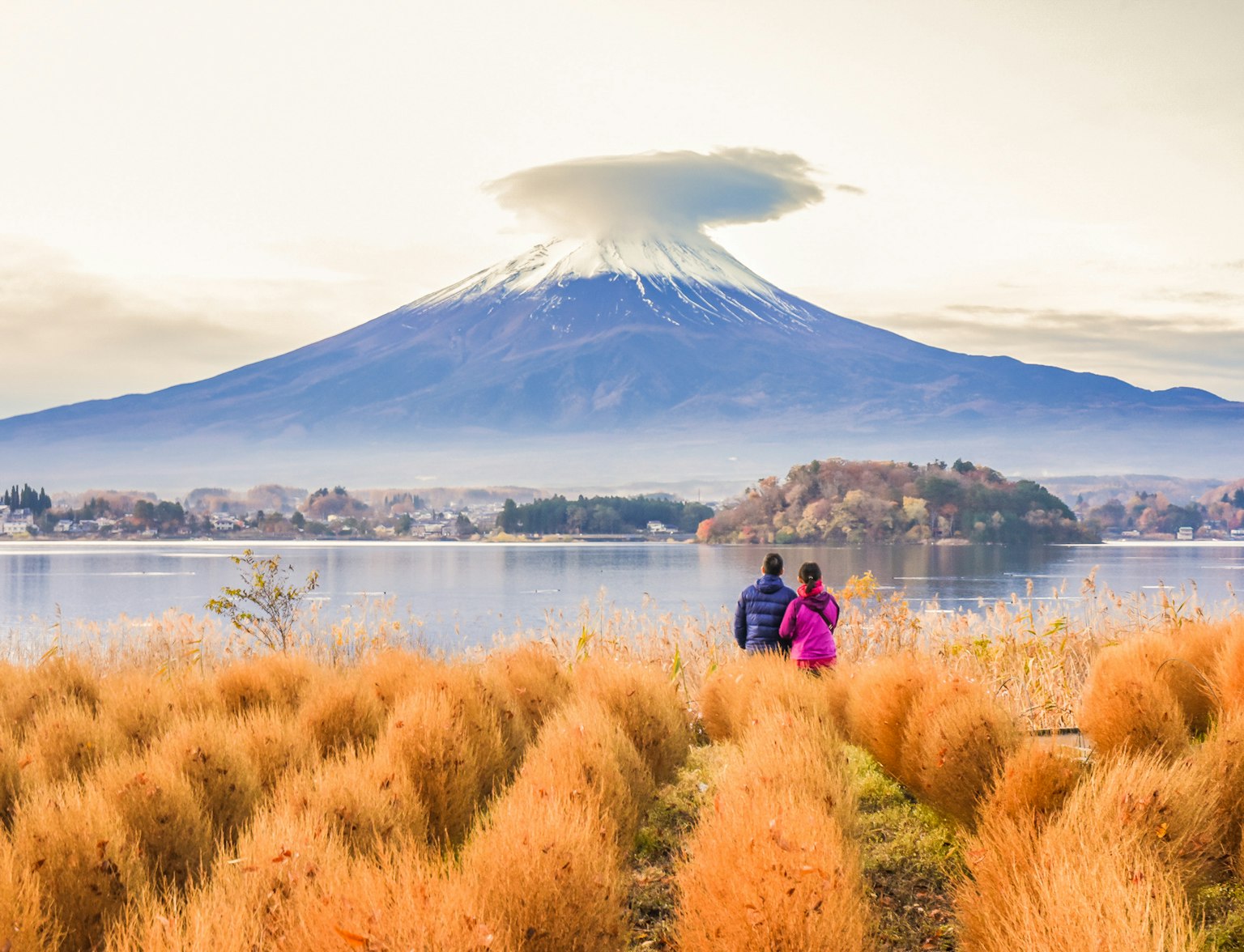
Discover Mount Fuji on a private tour. Visit scenic spots, serene lakes, and cultural sites with stunning views.
Choose the Right Trail: Select a trail that matches your fitness level and hiking experience. The Yoshida Trail is great for beginners, while the Gotemba Trail suits seasoned hikers looking for a challenge.
Wear Proper Gear: The weather on Mount Fuji can change quickly, so dress in layers and wear sturdy hiking boots. Don’t forget a rain jacket and warm clothing, even during summer, as temperatures can drop dramatically at higher altitudes.
Pack Light but Smart: Carry essentials like water, snacks, sunscreen, and a headlamp. If you’re climbing overnight, bring a small backpack to store extra layers and supplies.
Book Mountain Huts in Advance: If you plan to stay overnight, make reservations at a mountain hut early. These huts are often fully booked during peak season.
Acclimate to the Altitude: Altitude sickness is a real concern when climbing Mount Fuji. Take breaks, stay hydrated, and consider spending the night at a hut around the 7th or 8th station to help your body adjust.
Check the Weather: Weather conditions can change rapidly on the mountain. Always check the forecast before climbing and be prepared to turn back if conditions become unsafe.

The official climbing season for Mount Fuji is from early July to mid-September. During this period, the trails are free of snow, and mountain huts and facilities are open. Public transportation also operates more frequently, making it easier to access the mountain.
If you’re visiting outside the climbing season, lower-altitude trails like those in the Fuji Five Lakes region or Arakurayama Sengen Park remain accessible year-round. Spring and autumn are particularly beautiful, offering clear skies and vibrant colors.
Hiking around Mount Fuji is about more than just the climb. The area is rich in culture, natural beauty, and unique experiences. From relaxing in hot springs to exploring charming villages, there’s plenty to do before or after your hike.
No matter which trail you choose, the views and memories you create will stay with you for a lifetime. Mount Fuji’s beauty, combined with the sense of accomplishment from exploring its trails, makes it a must-visit destination for anyone who loves the outdoors.
So grab your gear, plan your route, and head to Mount Fuji to experience one of Japan’s most iconic landscapes.
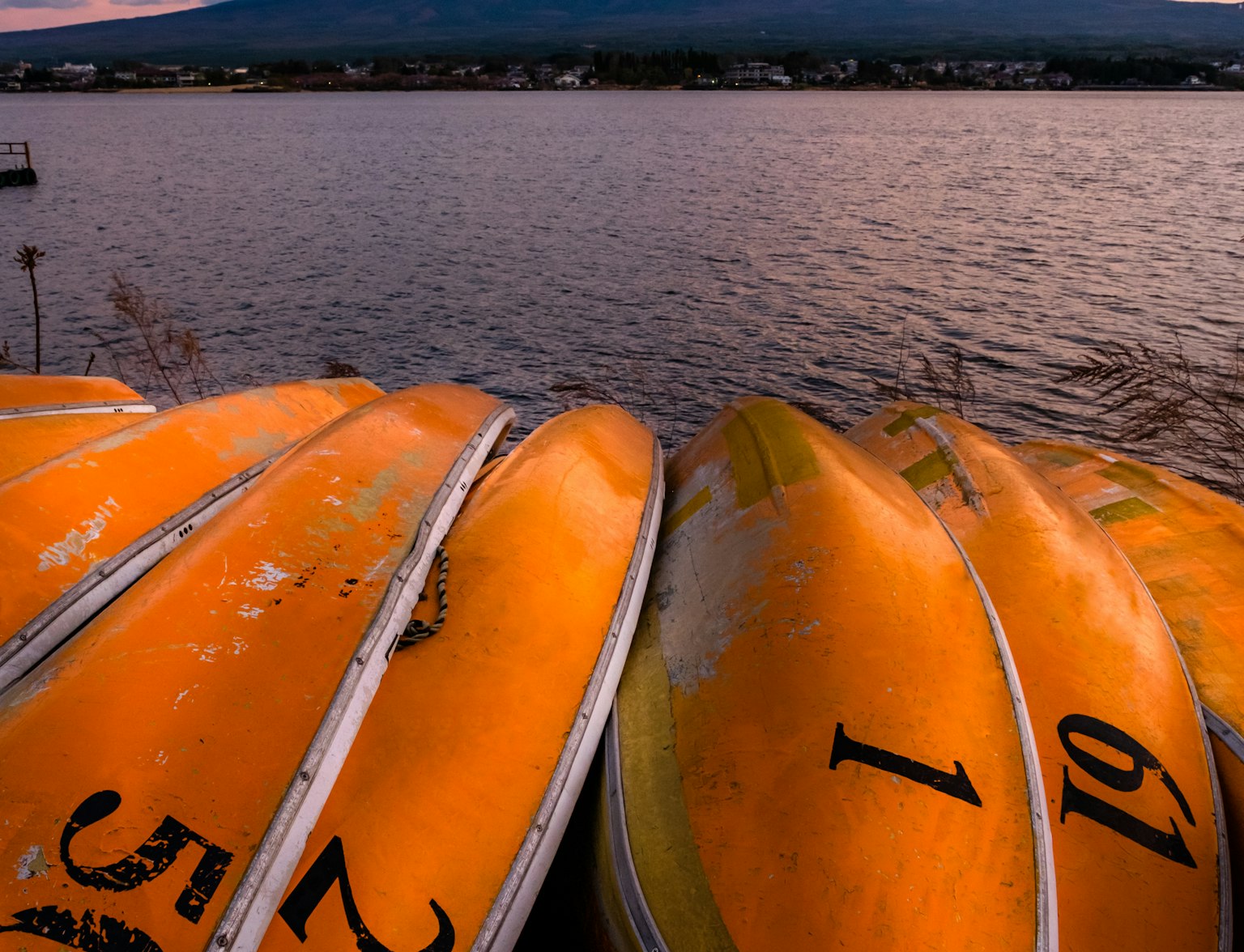
Enjoy a calm morning kayaking on Lake Kawaguchiko with breathtaking Mount Fuji views.
